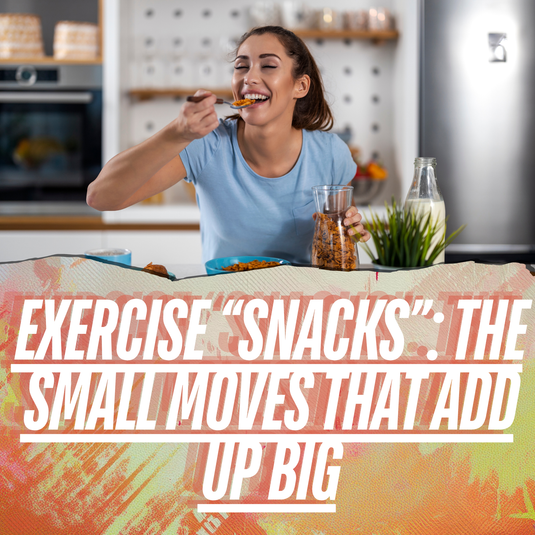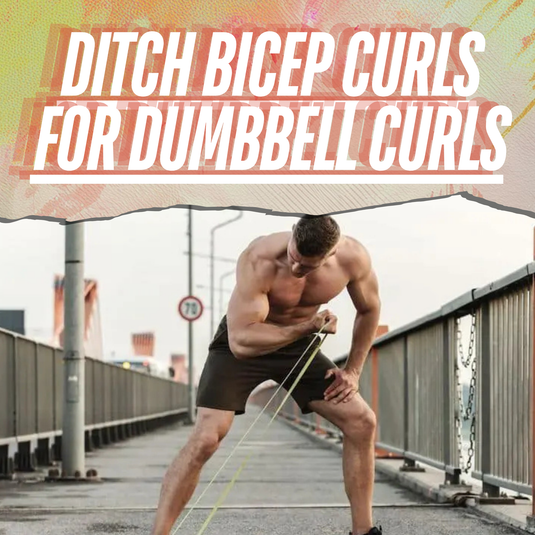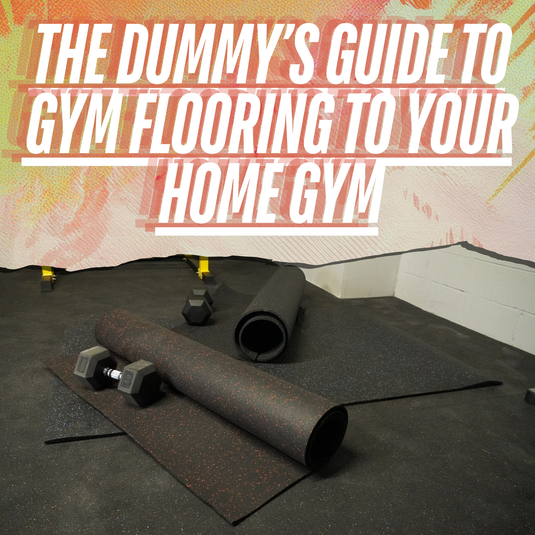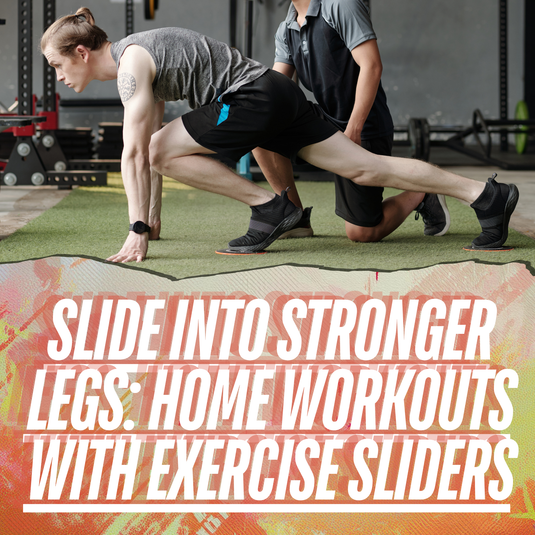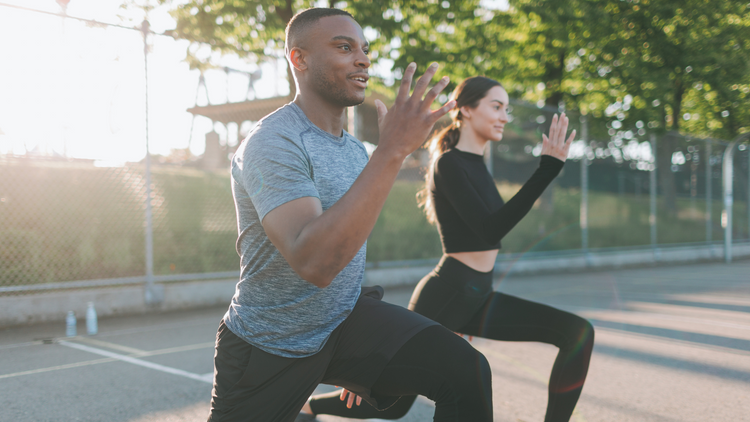Slam Ball Workouts for Better Legs & Abs
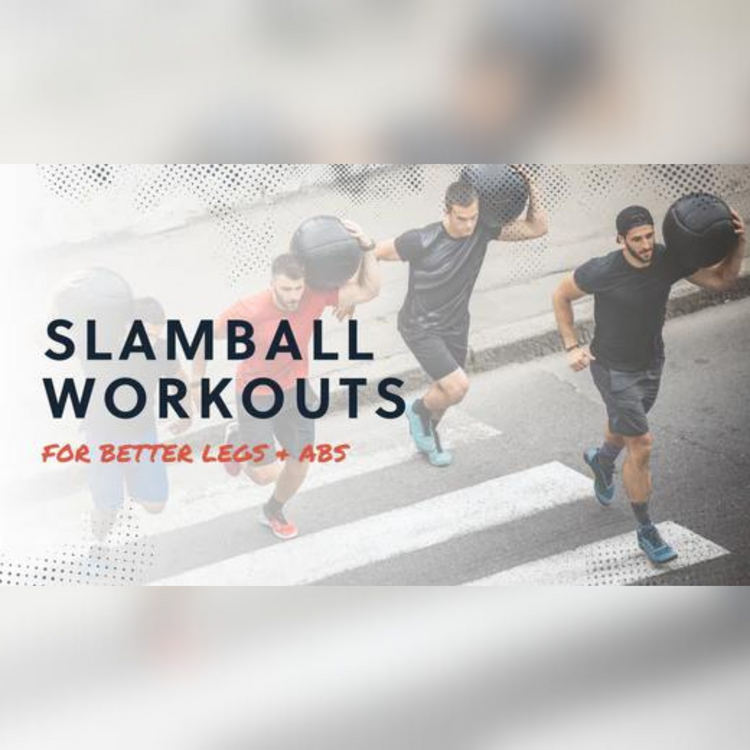
⏱️ Estimated Read Time: 6 minutes
🧠 TL;DR
- Slam Ball Workouts for Better Legs & Abs offers effective, accessible movements for targeted results.
- This guide is designed to help you move smarter, build strength, and stay consistent.
✍️ Summary
This post explores slam ball workouts for better legs & abs in a way that’s actionable and easy to follow. Whether you're new to this style of training or leveling up, it includes practical takeaways for your routine.
📚 Table of Contents
Most of us have heard of the slam ball but may not have used one. While the slam ball might seem like a simple gym modality, you'll soon see why it deserves a spot in your weekly workout routine.
What is a Slam Ball?
A slam ball is a weighted, rubber-coated ball that can be used in various exercises. It is similar to a medicine ball but more compact and dense. This makes it ideal for high-impact activities, such as slams and throws.
Slam balls are a great way to build strength, power, and explosiveness. They can also be used for cardiovascular training.
Here is the complete list of benefits of using a slam ball:
-
Builds strength. Slam balls are a great way to build strength in your upper, core, and lower body. The explosive movements involved in slam ball exercises help recruit all your major muscle groups.
-
Increases power. Slam balls are also a great way to increase power. The exercises' high-impact nature helps develop your ability to quickly generate force.
-
Improves explosiveness. Slam balls can also help you improve your explosiveness. The combination of strength and power developed through slam ball exercises can help you move quickly and efficiently.
-
Improves cardiovascular fitness. Slam balls can also be used for cardiovascular training. The exercises' high-intensity nature can help you raise your heart rate and burn calories.
-
Increases confidence. Workouts are about more than performance or aesthetics. Forcefully slamming and tossing slam balls will make you feel powerful, strong, and confident. Arguably the most critical aspect of the workout itself!
What Can You Do With a Slam Ball?
You can hold, carry, slam, toss, rotate, and throw the slam ball in a variety of exercises.
Nearly any exercise you can perform with either body weight or a dumbbell, barbell, or kettlebell can be done more powerfully and explosively with a slam ball. They are incredibly versatile!
This workout has you moving in all three planes of motion: sagittal, transverse, and frontal.
Sagittal Plane: This plane divides the body into right and left sides. Movements in the sagittal plane are flexion and extension (forward and backward or up and down). In this workout: Front Rack Squat Jump, Chest Hold Crunch, Split Squat Switch, and Vertical Slam.
Frontal Plane: This plane divides the body into front and back sides. Movements in the frontal plane are abduction and adduction. Any lateral (side) movement. In this workout: Slam Ball Curtsy Lunge and Lateral Lunge.
Transverse Plane: This plane divides the body into top and bottom halves. Movements in the transverse plane are rotational, both internal and external rotation. The transverse plane needs to be addressed not ignored. We're making sure that doesn't happen with the following exercises: Standing Rotational Twist and Overhead Rotational Slam.
If you are confused why there aren't as many "ab" exercises, it's because they work in more ways than just crunching. They are stabilizing the slam ball, and moving with it is significantly abdominal intensive. In other words, your abs are getting worked in all these exercises (not just the Chest Hold Crunches).
Helpful Resources:
-
Build unlimited workouts here
-
Get equipment like slam balls here
Tabata Circuit ....What is Tabata?
Tabata is a 2:1 work-to-rest ratio created by a Japanese scientist looking to decrease the volume of his cyclist but still increase VO2 max. The idea was intervals of max intensity followed by a short rest period and attempting to repeat the intensity for 8 rounds. The interval he came to was :20 with :10 rest for optimal results. However, this type of training can be overdone, and we have seen a propensity for athletes to expect the same results in VO2 max. This isn't the case with strength training exercises. It is important to remember that the original Tabata creation was based on bike work (cycle ergometer) with no eccentric component, meaning that athletes could push as high as possible without fear of muscle damage associated with high levels of intensity. Ultimately this is a 2:1 work-to-rest ratio for these exercises (:20 work, :10 rest for 8 intervals) to increase muscular endurance.
The Slam Ball Workout for Better Legs and Abs
Time: 20 minutes
Equipment: 8 to 12-pound slam ball— if you want to focus on speed, go lighter. To focus on power, go heavy!
Instructions: Complete one full Tabata circuit before moving on to the next. Each circuit is 4 minutes long. You'll complete as many reps as possible of one exercise for 20 seconds, then rest 10 seconds before starting the second exercise. Repeat this for 4 rounds. Rest 1 minute between each of the 4 Tabata circuits.
Tabata 1- Complete 4 rounds, resting 10 seconds between each exercise
In this round, we're working on the glutes, quads, hips, hamstrings, and core with the front rack jump squat. The standing rotational twist mainly targets your obliques and transverse abdominis but virtually engages the entire core. You're also improving rotational strength.
Front Rack Jump Squats(20 seconds)
Here are the steps on how to perform a front rack jump squat:
1. Stand with your feet shoulder-width apart and your toes pointed slightly outward while holding the slam ball at chest level.
2. Bend your knees and lower your body until your thighs parallel the ground.
3. Drive your heels into the ground and push yourself up explosively, extending your legs and jumping as high as you can.
4. Land softly with your knees slightly bent and immediately lower into the squat position again.
Standing Rotational Twist (20 seconds;10 seconds per side)
Here are the steps on how to perform a slam ball standing rotational twist:
1. Start by standing with your feet shoulder-width apart and slightly turned out. Squat until your thighs parallel the floor, keeping your back straight.
2. Hold your slam ball with both hands next to the outside of your right thigh.
3. Powerfully twist your torso to the side, lifting the ball up and across your body with straight arms until it ends up at shoulder level.
4. Feet remain in place for the duration of the movement. We want our core to be doing the majority of accelerating and decelerating the ball, not our legs.
Tabata 2- Complete 4 rounds, resting 10 seconds between each exercise
In this round, you work on quads, glutes, and inner thighs with the slam ball curtsy lunge. We'll then go back to the basics with the crunch to isolate the abdominals, only we're making it more challenging by adding weight with the slam ball.
Slam Ball Curtsy Lunge (20 seconds)
Here are the steps on how to perform a slam ball curtsy lunge:
1. Stand with the slam ball in your hands at chest level and your feet hip-width apart.
2. Step back with your right leg, crossing it behind your left.
3. Bend your knees and lower your body until both thighs are parallel to the ground or to a comfortable depth.
4. Keep your core engaged.
5. Push back up to the starting position.
6. Alternate sides.
Chest Hold Crunch (20 seconds)
Here are the steps on how to perform a dumbbell crunch:
1. Lie supine on a mat with your knees bent and your feet flat on the floor.
2. Hold a slam ball in both hands at your chest.
3. Engage your core and slowly curl your upper body towards your knees. Keep your lower back pressed into the mat throughout the movement.
4. At the top of the movement, pause for a second.
5. Slowly lower your body back to the starting position.
Helpful Resources:
-
Build unlimited workouts here
-
Get equipment like slam balls here
Tabata 3- Complete 4 rounds, resting 10 seconds between each exercise
This round works on the quads, inner and outer thigh muscles, and hamstrings with the lateral lunge. The vertical slam hits those muscles as well as the core, shoulders, and triceps.
Lateral Lunge (20 seconds)
1. Start by standing with your feet hip-width apart and your toes pointed forward. Hold the slam ball in your hands at your torso.
2. Keep your left leg straight as you step out to the side with your right leg.
3. Bend your right knee until your thigh is parallel to the ground and your right knee is directly over your ankle.
4. Make sure your back is straight, and your core is engaged.
5. Push back up to the starting position, and repeat on the left side.
Vertical Slam (20 seconds)
Here are the steps on how to perform a vertical slam:
1. Stand with your feet about shoulder-width apart, your knees and hips slightly bent, holding the slam ball at your torso.
2. Squat down slightly in preparation to launch. Extend your knees and hips as you rise to lift the slam ball directly overhead. Then, in one powerful movement, inhale and press through your heels before rising up on the balls of your feet.
3. Then, exhale as you slam the ball straight down between your feet with as much force as possible. Squat down to pick up the ball from the floor, then immediately move into the next slam.
Tabata 4- Complete 4 rounds, resting 10 seconds between each exercise
This round focuses on your quadriceps and abdominal muscles. The primarily abdominal overhead rotational slam exercise also has some lower back and hip work.
Split Squat Switch In Front Rack (20 seconds)
Here are the steps on how to perform alternating jump lunges:
1. Start standing with your feet hip-width apart and slam the ball in both hands at chest height.
2. Step forward with your right leg and lower your body into a lunge position, keeping your back straight and your core engaged.
3. Explosively jump up into the air, switching legs in mid-air so that you land in a lunge position with your left leg forward.
4. Repeat alternating legs with each jump.
Overhead Rotational Slam (20 seconds)
1. Start by standing with your feet shoulder-width apart and holding the medicine ball in front of you with both hands.
2. Hinge at the hips and lower your body into a quarter-squat position.
3. As you lower your body, rotate your torso to the right, bringing the medicine ball up and over your head.
4. Explosively slam the medicine ball down to the ground on the outside of your right foot. Immediately pick it up and repeat the movement to the left.
After you finish this Slam Ball Workout for Better Legs and Abs, you'll have proof that you can get a fantastic workout with a slam ball. While this workout targets legs and abs, the shoulders, biceps, triceps, and chest muscles are also recruited. In addition to typical strength training movements, you perform more functional and rotational movements often neglected by other workouts.
The exercises in this workout can also make activities you do in day-to-day life easier: reaching, squatting, turning, and twisting. By simulating the movements of your everyday life, building functional strength can help increase your quality of life and reduce your risk of injury.
Helpful Resources:
-
Be alerted when we publish more like this to our blog here
-
Daily workout plans here
-
Fitness Equipment like slam balls, resistance bands, pull up bars, etc here
-
Free slam ball workouts here
-
Follow along with $1 video workouts here
Want more guidance? Check out our Weekly Dumbbell Workout #1.
📝 FAQs
How often should I do these exercises? +
2–3 times per week is a good starting point for most people.
Do I need equipment? +
Many of these can be done with just your bodyweight or a single kettlebell or dumbbell.
Can beginners do these routines? +
Yes! These movements are designed to scale with your fitness level.



